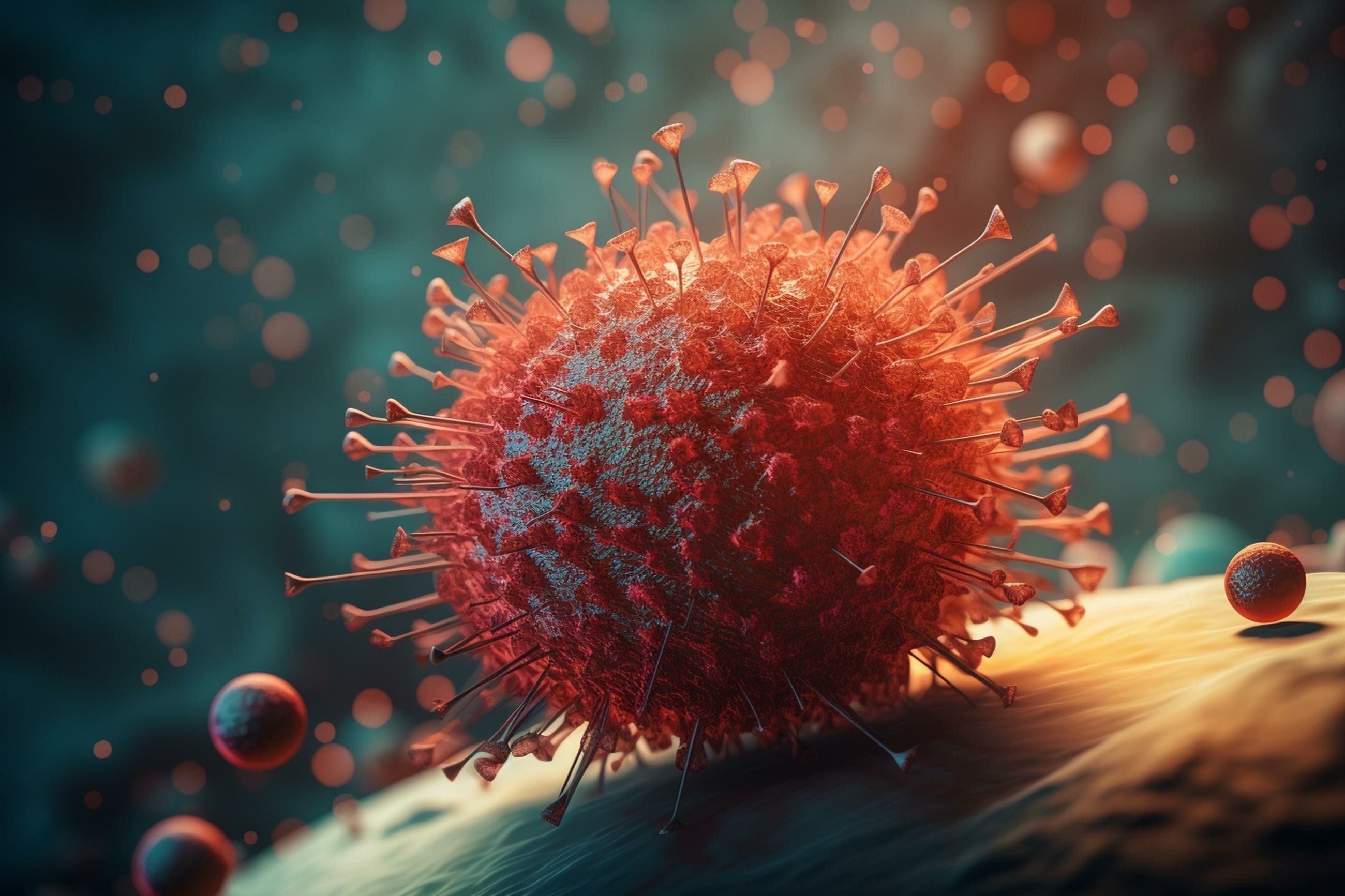- Center on Health Equity & Access
- Clinical
- Health Care Cost
- Health Care Delivery
- Insurance
- Policy
- Technology
- Value-Based Care
Axi-Cel Yields High Responses in R/R High-Risk Large B-Cell Lymphoma
Findings from the phase 2 ALYCANTE trial support axicabtagene ciloleucel as a second-line treatment for patients with relapsed/refractory (R/R) large B-cell lymphoma who are ineligible to undergo a transplant.
This article was originally published by CancerNetwork.
Treatment with axicabtagene ciloleucel (axi-cel; Yescarta) produced high anti-tumor activity and a manageable safety profile among patients with high-risk relapsed/refractory large B-cell lymphoma (LBCL) who are unsuitable to undergo autologous stem cell transplantation (ASCT), according to findings from the phase 2 ALYCANTE trial (NCT04531046) published in Nature Medicine.1
CAR T cell | Image credit: Maverick - stock.adobe.com

A single infusion of axi-cel yielded a 3-month complete metabolic response (CMR) rate of 71.0% (95% CI, 58.1%-81.8%) among 62 patients in a modified full analysis set based on Lugano response criteria. Additionally, the investigator-assessed CMR at this time was 66.7% (95% CI, 54.3%-77.6%). Additionally, 5 of 10 patients had a partial metabolic response at 1 month and eventually experienced a CMR at 3 months.
The investigator-assessed overall response rate (ORR) was 75.8% (95% CI, 63.3%-85.8%), and 59.7% (95% CI, 46.5%-72.0%) of patients maintained a CMR at 6 months. Investigators also reported a median event-free survival (EFS) of 12.3 months (95% CI, 7.2-not reached [NR]) from leukapheresis after a median follow-up of 12.0 months in the full analysis set (n = 69). EFS was estimated to be 66.7% (95% CI, 54.2%-76.4%) at 6 months and 51.2% (95% CI, 38.2%-62.8%) at 12 months.
Patients treated with axi-cel experienced a median progression-free survival (PFS) of 11.8 months (95% CI, 8.4-NR). Additionally, the estimated PFS rates were 67.7% (95% CI, 54.5%-77.8%) at 6 months and 48.8% (95% CI, 34.0%-62.0%) at 12 months. Investigators highlighted that the median overall survival (OS) was not reached, and that the 6-month and 12-month OS rates, respectively, were 91.9% (95% CI, 81.6%-96.5%) and 78.3% (95% CI, 64.7%-87.1%). The median duration of response (DOR) was not reached in the study.
“Transplant ineligible patients with aggressive relapsed or refractory B-cell lymphomas face poor prognosis,” lead study author Roch Houot, professor and head of the Haematology Department at University Hospital of Rennes, France, said in a press release on these findings.2 “ALYCANTE is the first study to assess [axi-cel] as second-line therapy for transplant ineligible R/R LBCL and the results showed high response rates and durable remission in this hard-to-treat population.”
Investigators of the open-label phase 2 ALYCANTE study evaluated second-line axi-cel as a treatment for patients with relapsed/refractory LBCL who were not suitable to undergo ASCT. Patients received lymphodepleting conditioning chemotherapy for 3 days followed by a single infusion of axi-cel at a target dose of 2x106 CAR T cells/kg of body weight.
The study’s primary end point was 3-month CMR rate per Lugano response criteria. Secondary end points included ORR, DOR, EFS, PFS, and OS.
Patients 18 years and older with histologically confirmed aggressive B-cell non-Hodgkin lymphoma according to 2016 World Health Organization criteria were able to enroll on the study. Additional eligibility criteria included having an ECOG performance status of 0 to 2 and adequate vascular access for leukapheresis.
The median patient age was 70.0 years (range, 49.0-81.0), and 75.8% of patients were male. Additionally, most patients had an ECOG performance status of 0 or 1 (98.4%), Ann Arbor stage III or IV disease (74.2%), and diffuse LBCL not otherwise specified (83.9%). All patients received chemoimmunotherapy in the first-line setting (100%), with the most common regimen being rituximab (Rituxan) plus cyclophosphamide, doxorubicin, vincristine, and prednisone (58.1%).
The 3-month CMR rate was 72.7% in patients 70 years and older (n = 33) compared with 69.0% in those younger than 70 (n = 29). Investigators reported that survival outcomes, DOR, and toxicity were similar between these age groups. In those with a hematopoietic cell transplantation-specific comorbidity index (HCT-CI) of 3 or higher (n = 20), the 3-month CMR rate was 80.0%; these patients experienced survival outcomes and toxicity that were comparable with those who had an HCT-CI of lower than 3 (n = 42).
Investigators reported grade 3 or higher adverse effects (AEs) in 95.2% of the study population, which mostly included neutropenia (66.1%), anemia (38.7%), and thrombocytopenia (38.7%). Any-grade infections occurred in 53.2%, which included COVID-19 in 24.2%.
Overall, 93.5% of patients had any-grade cytokine release syndrome (CRS), with 8.1% of these toxicities being grade 3 or higher. Investigators reported a median time to CRS onset of 1.5 days (interquartile range [IQR], 1.0-3.0) and a median CRS duration of 5.0 days (IQR, 4.0-9.0). Additionally, 51.6% of patients experienced immune effector cell-associated neurotoxicity syndrome (ICANS), and 14.5% of patients had grade 3 or higher toxicity. The median time to ICANS onset was 6.0 days (IQR, 5.0-8.0), and the median duration was 5.0 days (IQR, 3.0-8.0).
References
1. Houot R, Bachy E, Cartron G, et al. Axicabtagene ciloleucel in large B cell lymphoma ineligible for autologous stem cell transplantation: the phase 2 ALYCANTE trial. Nat Med. Published online September 14, 2023. doi:10.1038/s41591-023-02572-5
2. Kite’s CAR T-cell therapy Yescarta® demonstrates high response rate and durable remission in ALYCANTE study as initial treatment for transplant ineligible patients with relapsed/refractory large B-cell lymphoma. News release. Kite, a Gilead Company. September 18, 2023. Accessed September 18, 2023. https://shorturl.at/amAG0
